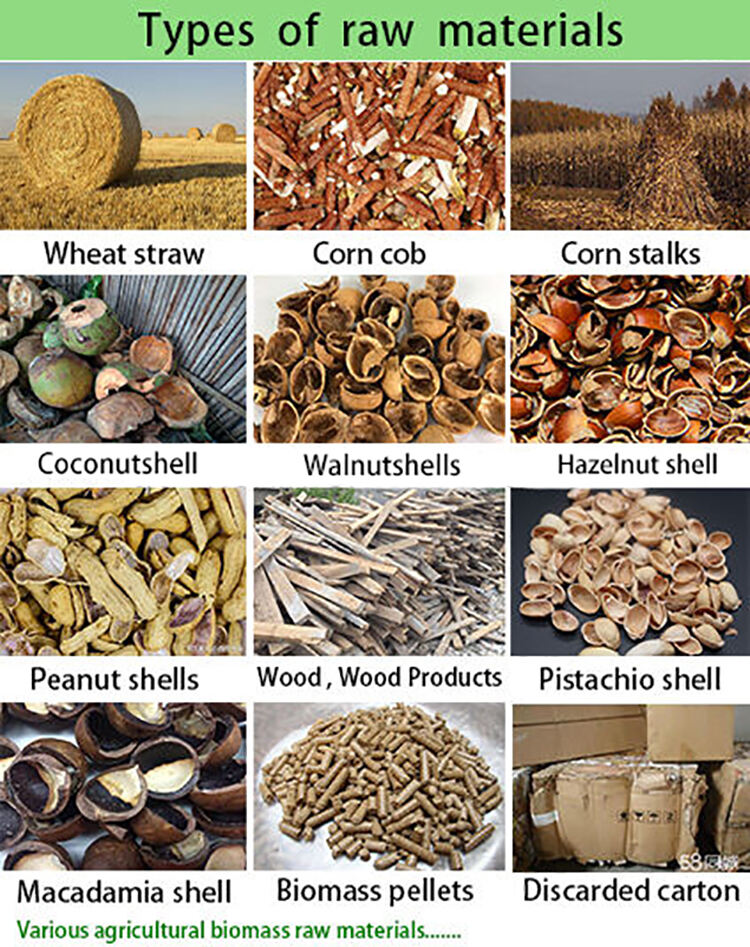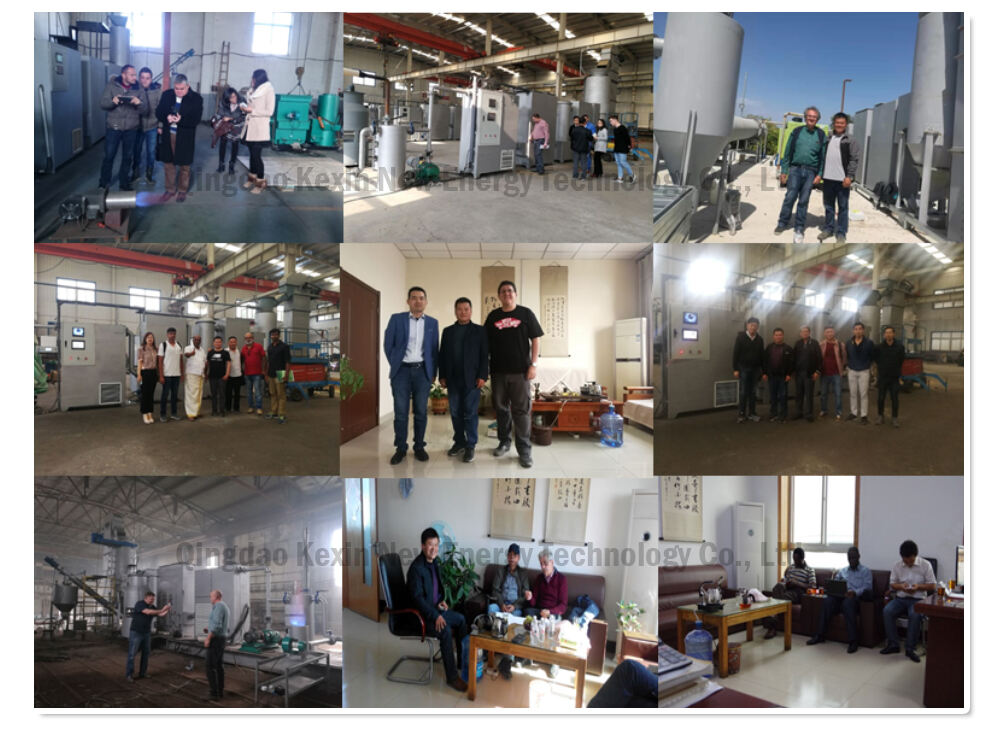

|
Name
|
Biomass alternative energy generating set,palm shell,cacao husk biomass gasifier electric generator
|
||||
|
Power generation
|
Model
|
Syngas production
|
Raw material consumption
|
||
|
JXQ-30A
|
30m3/h
|
15kg/h
|
|||
|
30KW
|
KX-100SA
|
100m3/h
|
50kg/h
|
||
|
50KW
|
KX-150SA
|
150m3/h
|
75kg/h
|
||
|
100KW
|
KX-300SA
|
300m3/h
|
150kg/h
|
||
|
150KW
|
KX-450SA
|
450m3/h
|
230kg/h
|
||
|
200KW
|
KX-600SA
|
600m3/h
|
300kg/h
|
||
|
250KW
|
KX-750SA
|
750m3/h
|
330kg/h
|
||
|
300KW
|
KX-900SB
|
900m3/h
|
450kg/h
|
||
|
400KW
|
KX-1200SB
|
1200m3/h
|
600kg/h
|
||
|
500KW-1MW
|
KX-1500SB
|
1500m3/h
|
750kg/h
|
||
|
Caloric value of syngas
|
1000-1200Kcal
|
||||
|
Gasification effiency
|
>75%
|
||||
|
Voltage power
|
380V/400V/410V/420V 50Hz/60Hz (Customizable)
|
||||
|
Types of raw materials
|
Wheat straw, peanut shells, rice husks, corn cobs, corn stalks, wood, wood chips, wood chips, nut shells, walnut shells, macadamia shells, pistachio shells, coconut shells, hazelnut shells, chestnut shells, etc., discarded cardboard boxes (Various agricultural
Biomass raw materials...) |
||||
|
use
|
Pyrolysis and gasification of various agricultural biomass and other raw materials, produce biomass synthesis gas, use biomass synthesis gas to generate electricity, or apply it to heating and so on.
|
||||










Launching the Biogas impressive power Down Suction Fluidized Bed Biomass Gasifier Synthesis Gas Generator Set Gasification Equipment by KEXIN Our item that's newest was designed to provide dependable and power that's lasting for contemporary sectors, farming, and residential homes.
The KEXIN Biogas Power Grow is merely an innovation that's revolutionary optimizes the work of biomass waste products in buy making power. This gasifier equipment makes usage of technology that's advanced transform waste that's agricultural timber waste, and metropolitan waste into clean power. The fluidized bed gasification technology present in our equipment is highly efficient in breaking down the biomass waste products into a gas type this is certainly further transformed into power.
The KEXIN Biogas Power Grow is built to have a suction that's down bed gasifier to make certain efficiency this is certainly optimal. This design this is certainly innovative the gasifier making a leading variety of hydrogen-rich synthesis fuel, rendering it a perfect power resource for generators and devices. The synthesis fuel produced by this gasifier may be a fuel this is certainly great power generation, and with high manufacturing effectiveness, it guarantees a reputable provide of power without disruption.
Our Biogas Power Grow is equipped with a Synthesis Gas Generator Set that's not hard to use, efficient, and long-lasting. This generator set entirely uses the synthesis fuel produced by the gasifier and transforms it into electric power. The set was produced to have a reduced discharge price, rendering it a power resource this is certainly green. It's filled with a controller that's user-friendly monitoring system, which helps drivers to manage the device easily.

Copyright © Qingdao Kexin New Energy Technology Co., Ltd. All Rights Reserved - Blog - Privacy Policy